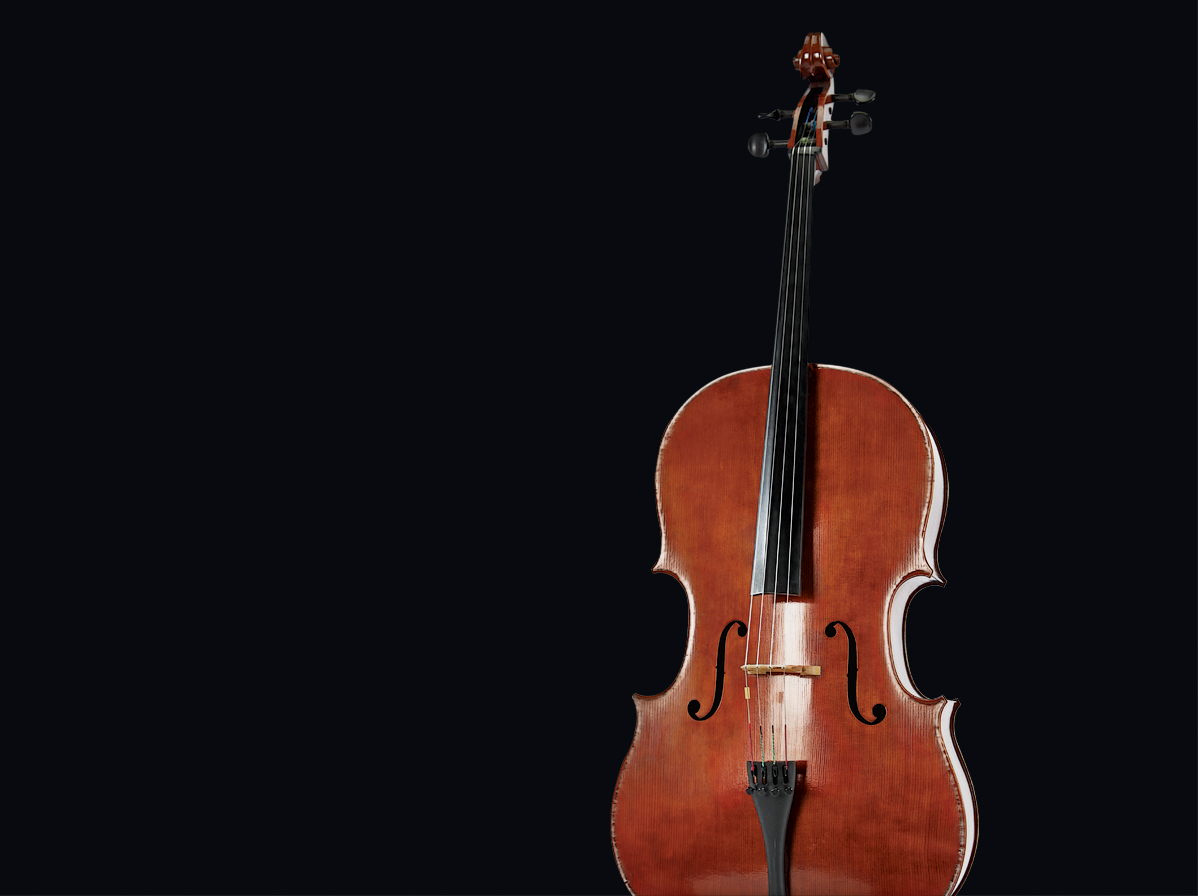The Local newsletter is your free, daily guide to life in Colorado. For locals, by locals.
Musician: Marc Neihof, Colorado Springs Philharmonic
Instrument: Bass
Maker: Robert Ross of Ross Double Bass, Denver
Value: $17,000
Why it’s special: Made out of copper, elm, and reclaimed fir from a set of 1940s high school bleachers, Neihof’s bass has two interchangeable necks: a four-string and a five-string. Normally, the lowest note on a bass is an E, but the five-string setup allows the range to drop to a B, making it ideal for orchestra work, which requires a bassist to hit lower notes. Neihof can further adjust the sound through a side panel to the instrument’s interior that pops open. The head of the bass, constructed in 2000, is shaped like a dragon. Neihof saw Ross’ daughter’s bass with a dragon head and requested the unique design.
Hear it at…the Colorado Springs Philharmonic’s Christmas Symphony concert on December 21 at the Pikes Peak Center for the Performing Arts.
Words from the luthier: On using wood from 1940s high school bleachers to make Neihof’s bass: “There’s people who believe that older wood is better to make instruments out of,” Ross says. “I was curious, basically, and it saved me cutting down new trees. Plus it makes a great story.”
Musician: Hannah Alkire, half of the duo Acoustic Eidolon
Instrument: Cello
Maker: Christopher Dungey, Grand Junction
Value: $75,000
Why it’s special: Alkire’s spruce, maple, and ebony cello—a replica of one crafted by master Italian luthier Domenico Montagnana in 1739—cracked after a flight in 2000. So Dungey carved a new back with wood from the same tree as the
original 1995 version he’d built for her. Fittingly, Alkire calls
it “Phoenix.”
Hear it at…the December 11 concert at Dungey’s shop with guitarist Joe Scott and Berlin-based Celtic harpist Thomas Loefke.
Words from the luthier: “It’s one of my favorite instruments because of the course it’s taken as well as the person behind it,” Dungey says. “There are just a handful of my cellos that stand out and grab me, and that’s certainly one of them because of the uniqueness of its baritone voice.”
Musician: Geraldine Walther, Boulder-based Takács Quartet
Instrument: Viola
Maker: Alexander Tzankow of Alexander Tzankow Fine
Violins, Arvada
Value: $18,000 (replica)
Why it’s special: Walther’s spruce and maple viola wasn’t exactly made by a local, but it was saved by one. The 200-year-old instrument she plays for Takács’ performances (the quartet owns the viola) was crafted by famed 18th-century Italian luthier Giovanni Battista Guadagnini. It came to Tzankow’s shop for repairs in 2010; the back of the viola had contracted and become smaller than the front. When Tzankow created a copy of the instrument for Walther to keep, he mimicked the distorted proportions.
Hear it at…the quartet’s Schubert and Beethoven concert on January 10 at the Vilar Performing Arts Center in Beaver Creek.
Words from the luthier: “When you’re in Europe, Denver is not really on your radar,” says Tzankow, who trained in Germany. “When you think of culture, it’s New York or Los Angeles, but there’s so much going on in the classical music world here.”
Musician: Paul Rowinski, Boulder Symphony Orchestra
Instrument: Violin
Maker: David Goodrich of Goodrich Violin Shop, Boulder
Value: $8,000
Why it’s special: When Rowinski sought a new violin in 2000, he didn’t look to the past. “I was interested in a contemporary maker,” Rowinski says. “They devote their lives to it and study it, but they also share knowledge with each other as opposed to when makers kept their own secrets.” So he turned to Goodrich to craft his beloved “El Cannone” (Italian for cannon): a spruce, maple, and ebony re-creation of one made by Italy’s Guarneri del Gesu in the 18th century.
Hear it at…the Boulder Symphony Orchestra’s concert on December 12 (evening) and 13 (afternoon) at the First Presbyterian Church in Boulder.
Words from the luthier: “With bow-string instruments, there’s a learning curve for the musician to get used to,” Goodrich says. “It takes time to find the gray point of an instrument and work around its idiosyncrasies, but you can tell really soon after an instrument is made and varnished what its potential is.”









